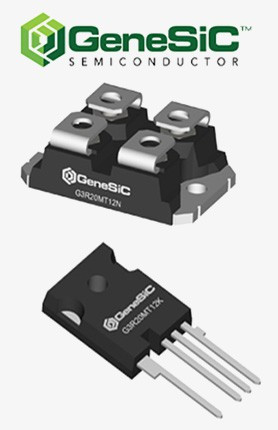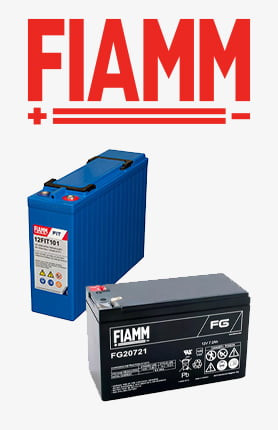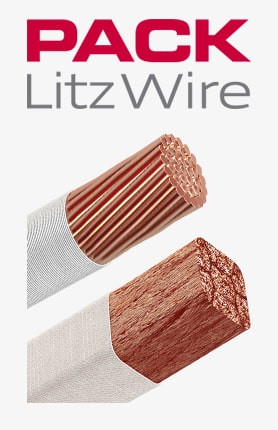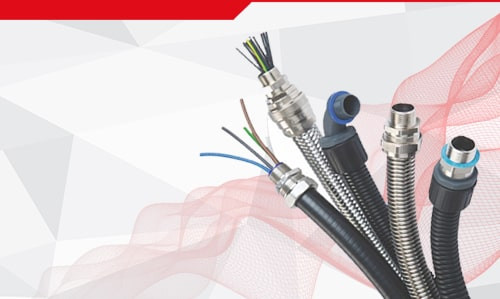Hoses
Categories
| Image | View the product | No. Manufacturer | |||||||||||||
|---|---|---|---|---|---|---|---|---|---|---|---|---|---|---|---|
| -- |
|
FLEXICON | LFHP20 LFHP System | SEE IT | LFHP20 | On Order | 20.0 | -- | -- | -- | 27.0 | -- | 25 | 45 | -- |
| -- |
|
FLEXICON | FPU32 FPU System | SEE IT | FPU32 | On Order | 38.0 | -- | -- | -- | 45.0 | -- | 40 | 80 | -- |
| -- |
|
FLEXICON | FPU25 FPU System | SEE IT | FPU25 | On Order | 28.0 | -- | -- | -- | 34.0 | -- | 32 | 60 | -- |
| -- |
|
FLEXICON | FPU20 FPU System | SEE IT | FPU20 | On Order | 21.0 | -- | -- | -- | 26.0 | -- | 25 | 55 | -- |
| -- |
|
FLEXICON | FPU16 FPU System | SEE IT | FPU16 | On Order | 17.0 | -- | -- | -- | 22.0 | -- | 20 | 45 | -- |
| -- |
|
FLEXICON | FPU12 FPU System | SEE IT | FPU12 | On Order | 13.0 | -- | -- | -- | 17.0 | -- | 16 | 40 | -- |
| -- |
|
FLEXICON | FPRTC34 FPRTC System | SEE IT | FPRTC34 | On Order | 10.0 | -- | -- | -- | 14.0 | -- | 12 | 30 | -- |
| -- |
|
FLEXICON | FPRTC28 FPRTC System | SEE IT | FPRTC28 | On Order | 27.0 | -- | -- | -- | 36.0 | -- | 32 | 60 | -- |
| -- |
|
FLEXICON | FPRTC21 FPRTC System | SEE IT | FPRTC21 | On Order | 21.0 | -- | -- | -- | 30.0 | -- | 25 | 50 | -- |
| -- |
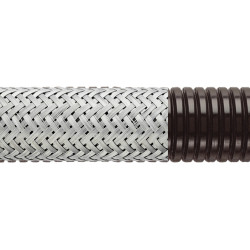
|
FLEXICON | REF! | SEE IT | FPRTC16 | On Order | 15.0 | -- | -- | -- | 23.0 | -- | 20 | 45 | -- |
| -- |
|
FLEXICON | FPRSS34 FPRSS System | SEE IT | FPRSS34 | On Order | 12.0 | -- | -- | -- | 17.0 | -- | 16 | 35 | -- |
| -- |
|
FLEXICON | FPRSS28 FPRSS System | SEE IT | FPRSS28 | On Order | 27.0 | -- | -- | -- | 36.0 | -- | 32 | 60 | -- |
| -- |
|
FLEXICON | FPRSS21 FPRSS System | SEE IT | FPRSS21 | On Order | 21.0 | -- | -- | -- | 30.0 | -- | 25 | 50 | -- |
| -- |
|
FLEXICON | FPRSS16 FPRSS System | SEE IT | FPRSS16 | On Order | 15.0 | -- | -- | -- | 23.0 | -- | 20 | 45 | -- |
| -- |
|
FLEXICON | FPISS54 FPISS System | SEE IT | FPISS54 | On Order | 12.0 | -- | -- | -- | 17.0 | -- | 16 | 35 | -- |
| -- |
|
FLEXICON | FPU40 FPU System | SEE IT | FPU40 | On Order | 48.0 | -- | -- | -- | 55.0 | -- | 50 | 90 | -- |
| -- |
|
FLEXICON | FPU50 FPU System | SEE IT | FPU50 | On Order | 58.0 | -- | -- | -- | 65.0 | -- | 63 | 115 | -- |
| -- |
|
FLEXICON | LFHP16 LFHP System | SEE IT | LFHP16 | On Order | 15.0 | -- | -- | -- | 21.0 | -- | 20 | 35 | -- |
| -- |
|
FLEXICON | FSSBRD50 FSSBRD System | SEE IT | FSSBRD50 | On Order | 12.0 | -- | -- | -- | 18.0 | -- | 16 | 40 | -- |
| -- |
|
FLEXICON | FSSBRD40 FSSBRD System | SEE IT | FSSBRD40 | On Order | 40.0 | -- | -- | -- | 51.0 | -- | 50 | 145 | -- |
| -- |
|
FLEXICON | FSSBRD32 FSSBRD System | SEE IT | FSSBRD32 | On Order | 34.0 | -- | -- | -- | 43.0 | -- | 40 | 120 | -- |
| -- |
|
FLEXICON | FSSBRD25 FSSBRD System | SEE IT | FSSBRD25 | On Order | 25.0 | -- | -- | -- | 34.0 | -- | 32 | 80 | -- |
| -- |
|
FLEXICON | FSSBRD20 FSSBRD System | SEE IT | FSSBRD20 | On Order | 20.0 | -- | -- | -- | 28.0 | -- | 25 | 70 | -- |
| -- |
|
FLEXICON | FSS50 FSS System | SEE IT | FSS50 | On Order | 16.0 | -- | -- | -- | 22.0 | -- | 20 | 60 | -- |
What are conduits?
Conduits are corrugated tubes that are essential for increasing mechanical durability and isolating the cables installed inside from external conditions, especially in environments exposed to vibrations, impacts, and heavy loads, such as machinery industries and rail transport.
What types of conduits are there?
- non-flammable conduits – do not spread flames in case of fire;
- armored conduits – have additional reinforcements;
- halogen-free conduits – do not emit harmful gases when burned;
- seam conduits – can be installed over cables without prior cutting;
- UV-resistant conduits.
Installation notes:
- the protected installation is invisible and easy to maintain and upgrade;
- a wide range of conduit diameters is available, from ∅12 up to ∅50 mm;
- for easier installation or upgrading, the conduit should be laid in straight sections; if bends are necessary, they should have the largest possible radius;
- conduits are connected using special slip-on connectors.
What functions do conduits serve?
Cable conduits facilitate cable routing during all types of electrical and electrotechnical installations. Additionally, they provide protection by effectively isolating cables from mechanical factors such as pressure or dirt and environmental factors like moisture or UV radiation (UV conduits), which could cause damage. Properly selected non-flammable conduits can also protect cables from fire and prevent fire spread.
How to choose conduits for electrical and electrotechnical cables for your installation project?
When selecting conduits from our offer, it is crucial to match them appropriately to the type of installation and its location.
For cables located outdoors, UV-resistant conduits are the best choice since they are not damaged by sunlight exposure. When conduits are installed underground in areas with vehicle traffic, armored conduits are recommended to provide resistance against high pressure generated by passing vehicles.
FPAL, FPAS, FPP, FPL, and FPC – what are they? Plastic conduits and their types
Plastic conduits are made from various plastics, mainly lightweight nylon (PA6), polypropylene, and unplasticized polyvinyl chloride (uPVC). The material used in manufacturing defines the properties and purpose of the conduits.
Accordingly, conduits for electrical and electrotechnical cables made from:
- nylon (FPAL and FPAS) feature high flexibility and impact resistance,
- polypropylene (FPP) are acid-resistant, self-extinguishing, and flexible,
- unplasticized polyvinyl chloride (FPL and FPC) have an IP65 protection rating and a smooth interior surface, while also being very flexible.
All these types of plastic conduits are available in our offer. Besides them, we also sell metal variants made of galvanized steel and accessories intended for both types of conduit protection, including threaded connectors.
DACPOL – a trusted brand
DACPOL is one of the few distributors in Poland offering a wide range of over 25,000 components for power electronics, automation, and electrotechnics. We stand out not only for our extensive product range but also for technical support from experienced engineers and in-house manufacturing and assembly carried out by DACPOL SERVICE. We assist customers comprehensively – from component selection, through design, to prefabrication and assembly.
We build partnerships based on trust and transparency. Every customer has a dedicated account manager, and the quality of our products and services complies with European standards.
DACPOL is neither a wholesaler nor an online store – we operate project-wise, delivering solutions tailored to the individual needs of customers.

